
Three-one-one—when put together, these three numbers signify information. For this reason, 311 is the name of Stony Brook University’s newest mobile application.
Released on March 26, 2014, this app delivers a modern method of submitting work orders so that students can more easily resolve maintenance issues with their rooms. I applaud the university’s desire to modernize what they can, and I am glad they see the issue with the current work order system. However, they are trying to fix a problem where there isn’t one.
I am sure that at one point in our time at Stony Brook, we have all had to submit a work order, so we all probably know how the process works. If not, we all have RHDs, RAs and friends to ask. See, the issue is not that it was too difficult to submit a work order—the issue is that they take entirely too long to get done. Ask any student, and they will tell you how long it takes to get something fixed when it is not emergency/plumbing related. It is almost like an unwritten, unofficial contest among students; who’s had the longest unresolved work order? I myself have had a work order in for the internet/cable jack in my room since Oct. 29, and still have yet to hear anything or see anything done about it. Now don’t get me wrong—I realize there is probably a reason behind this. Perhaps there are some guidelines to resolving work orders that we don’t know about that causes them to take so long. Perhaps maintenance is understaffed or overworked or both.
Whatever the case, the issue lies in the timeliness of resolving work orders, not the difficulty in submitting them. In a way, the app actually hurts the process more than it helps. The app is by Blue Dot, who, based on the other apps offered by them on the App Store and Google Play Store, have experience with making this kind of application. Perhaps that’s why it works so surprisingly well. I tried both the Android and iPhone versions, and both work almost entirely the same way, which is extremely helpful. This also means more students will be submitting work orders than before, which means more work without any improvement in the department of actually resolving these work orders. Essentially, with this new app, we have a failure to adhere to the concepts of supply and demand. We have more demand, but no increase in supply.
Then there is the other issue. The university releases yet another app, which surprisingly works without issue. But they have yet to fix the other, perhaps more vital apps, that leave students frustrated and without information. Examples include Stony Brook Campus Card by JSAMobile, Stony Brook University by YinzCam, Inc. and SBU Smart Transit by CEWIT. All are Stony Brook University mobile applications, none of which work well. Stony Brook Campus Card is supposed to allow students to keep track of their meal points, Wolfie Wallet and Bookstore Points and add money to their accounts. But in reality, it is almost impossible to get the app to open without it crashing or refusing to log you in, even with the right username and password. I would tell you what the app is like, but the last time I got it to work was early August of last year.
The app titled Stony Brook University delivers sports schedules and news that pertain to the various Seawolves teams. It works pretty well, although it occasionally crashes. On the other hand, SBU Smart Transit does open about 75 percent of the time. However, even though it occasionally decides to run on my phone, the information it provides is more often than not wrong. Even without my own personal satellite, I am pretty sure the Outer Loop bus is not -129 minutes from the Student Union stop. Granted you can open up the live maps and, if you have service/Wi-Fi, look at where the bus is on campus, but I am pretty sure that is not how the designers intended the app to be used. It would be more useful to look at the app and say “Ok, the bus will be here in 10 minutes – maybe I can grab a snack” than to say “Ok the bus is four stops away so it will be here in five minutes maybe – better go outside so I don’t miss it.”
So yes, Stony Brook released another application for its students. Yes, it does work, and I applaud them for that. Both the Android and iPhone versions run pretty well. But it does not fix the real problem: how long it takes to get a work order resolved. And while there may be unknown and possibly even good reasons as to why the work orders take so long, the app increases the problem by increasing the amount of work orders without increasing the amount that actually get fixed. The university also released this new app without fixing two of its other apps. While it’s nice to see a new product, one must wonder if it actually accomplishes anything and if it solves or creates complications.


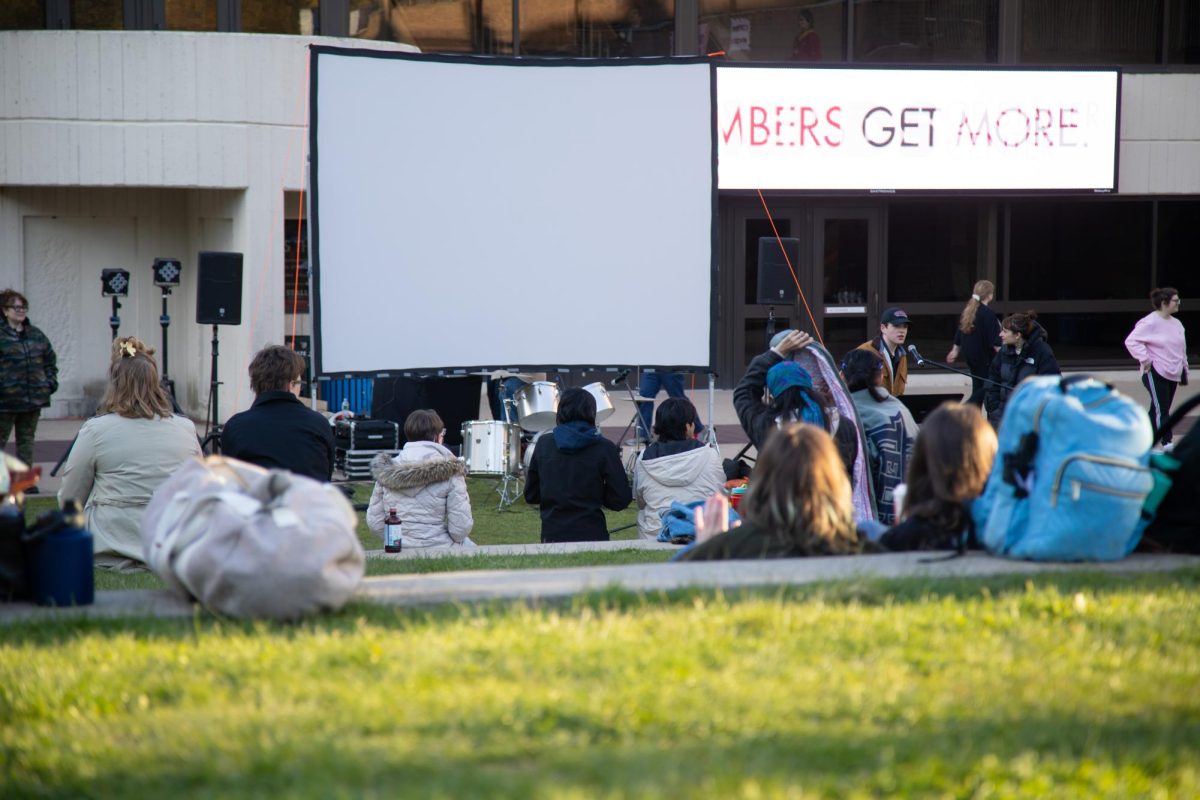





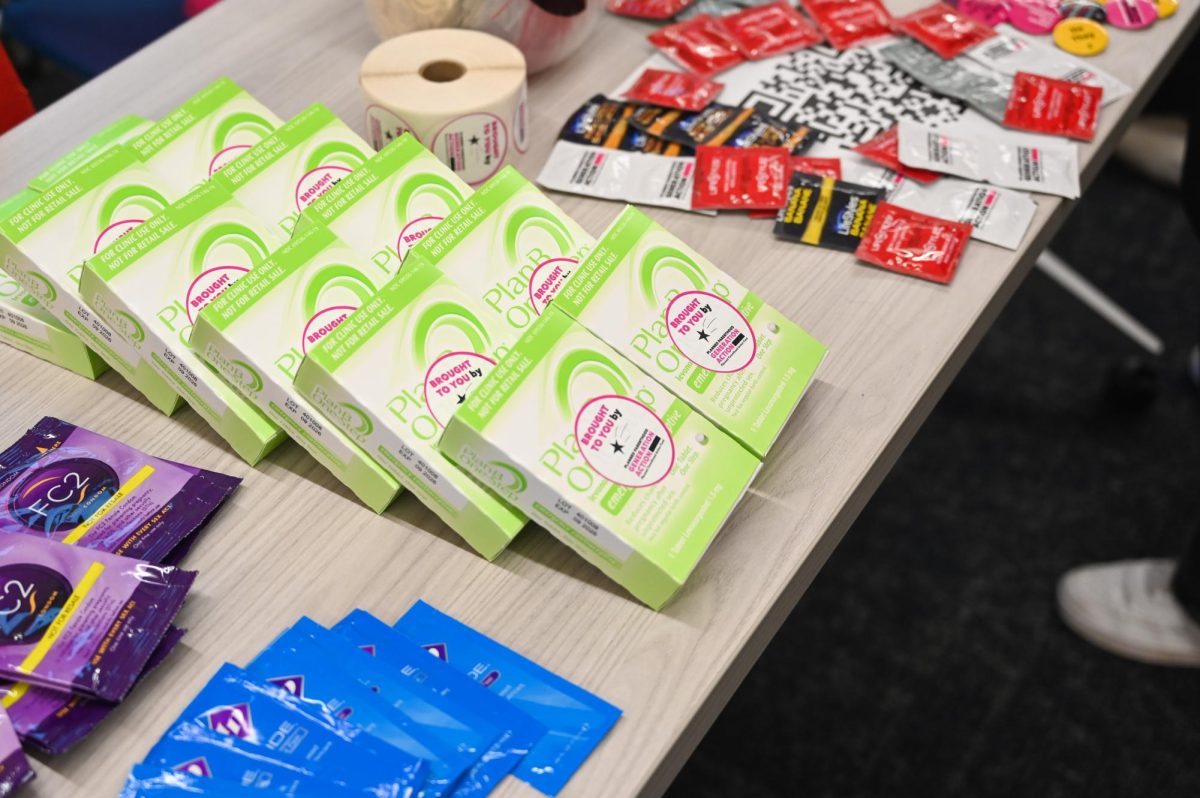
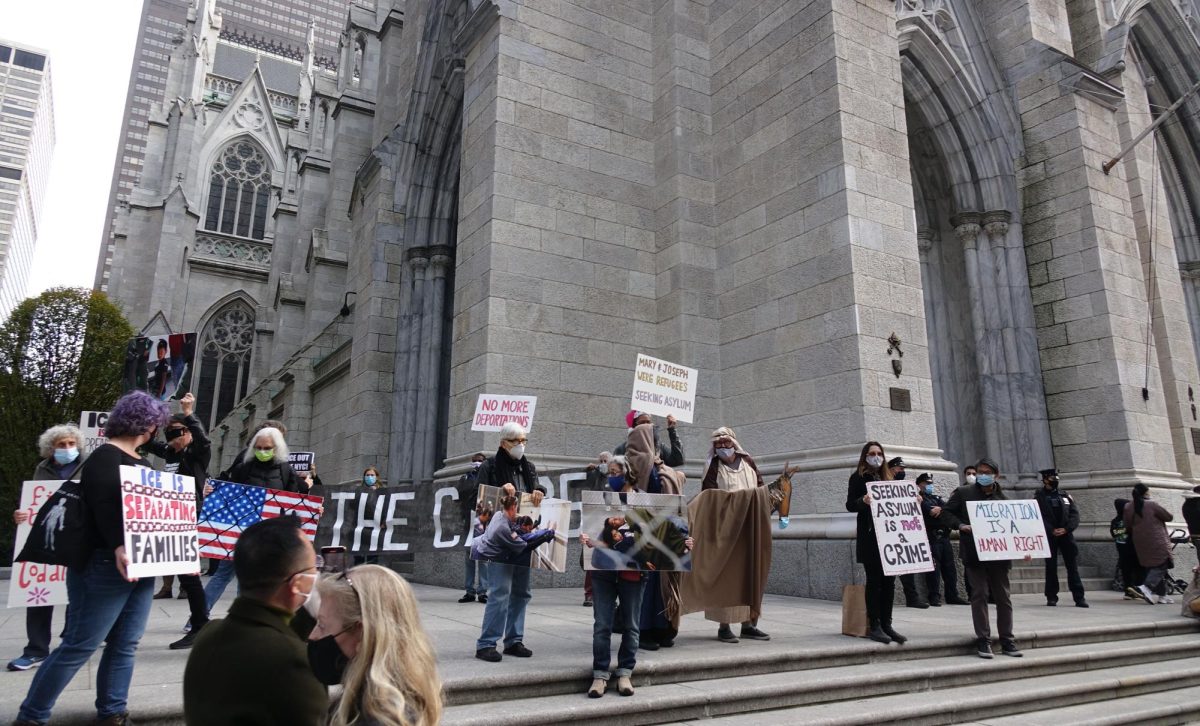
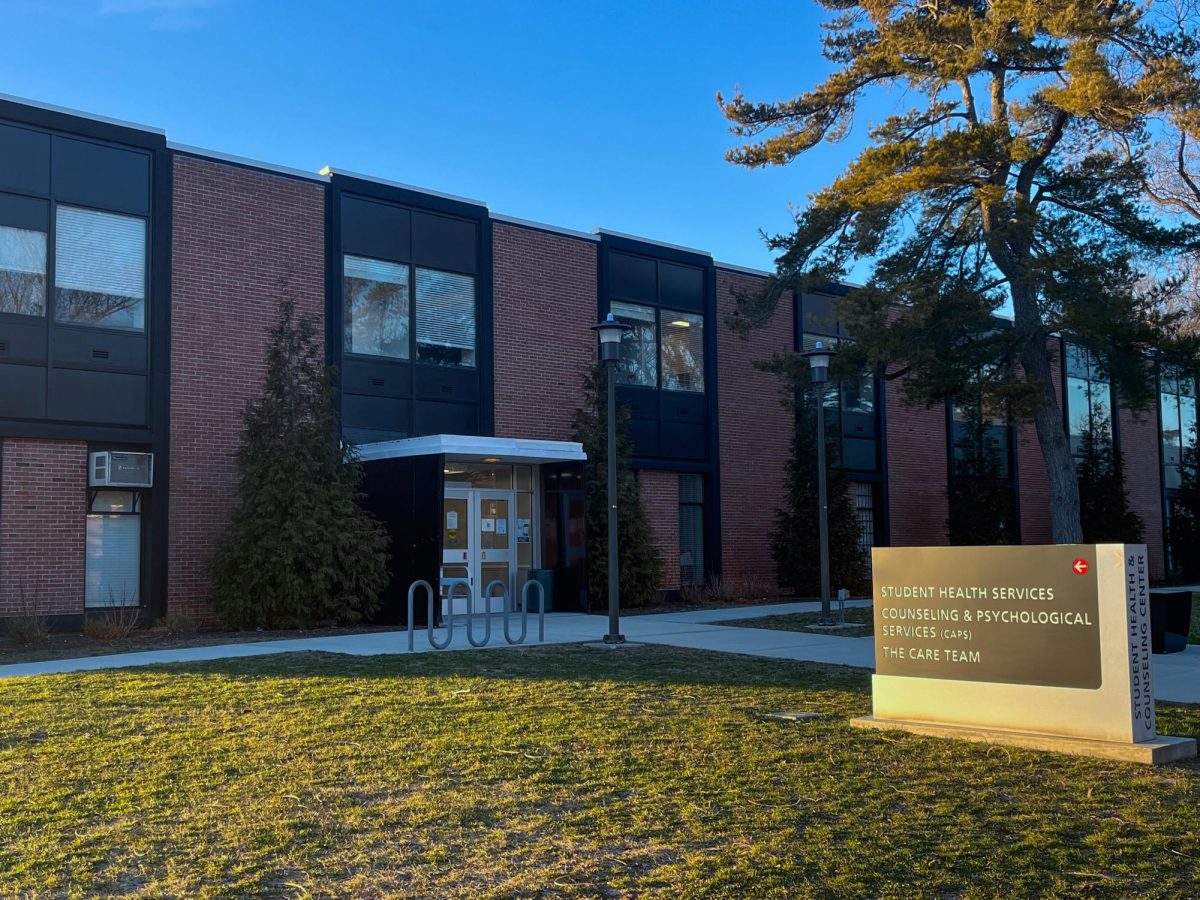

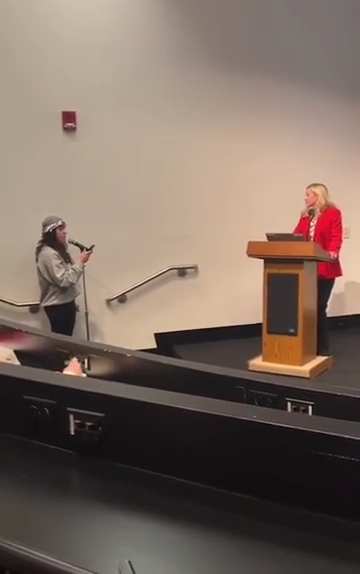
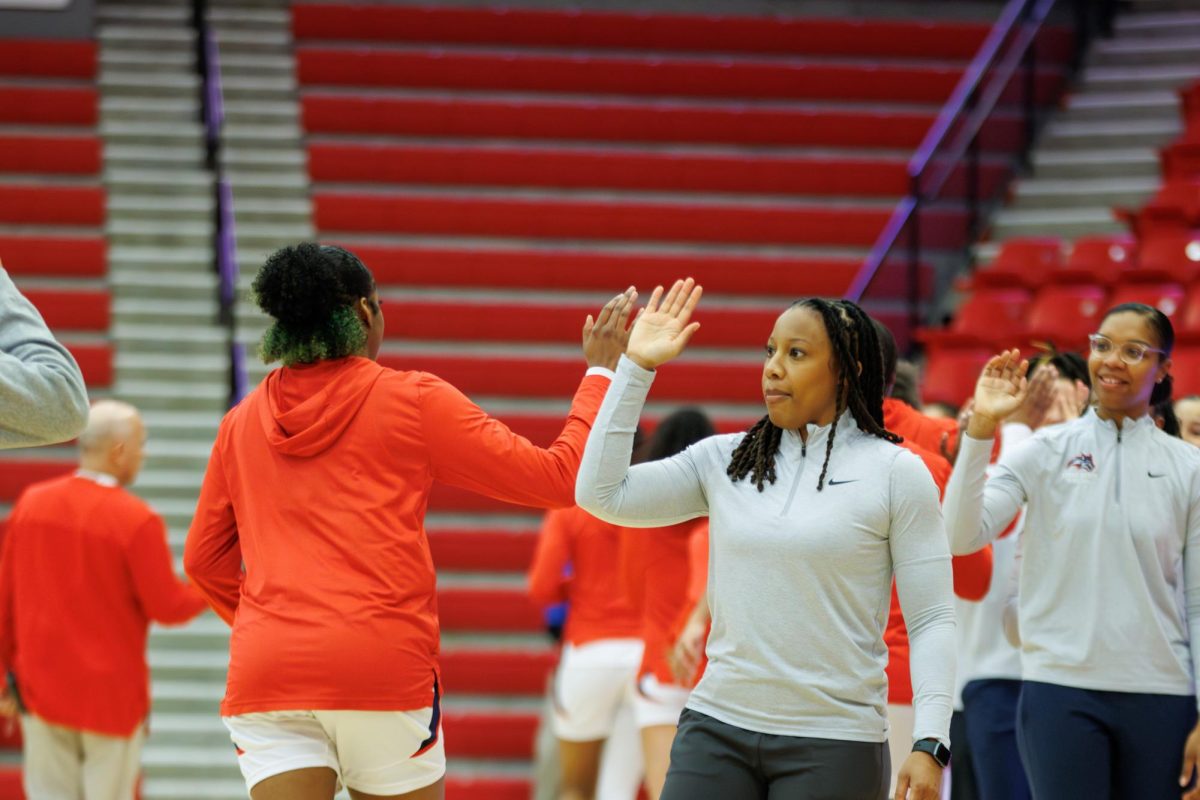
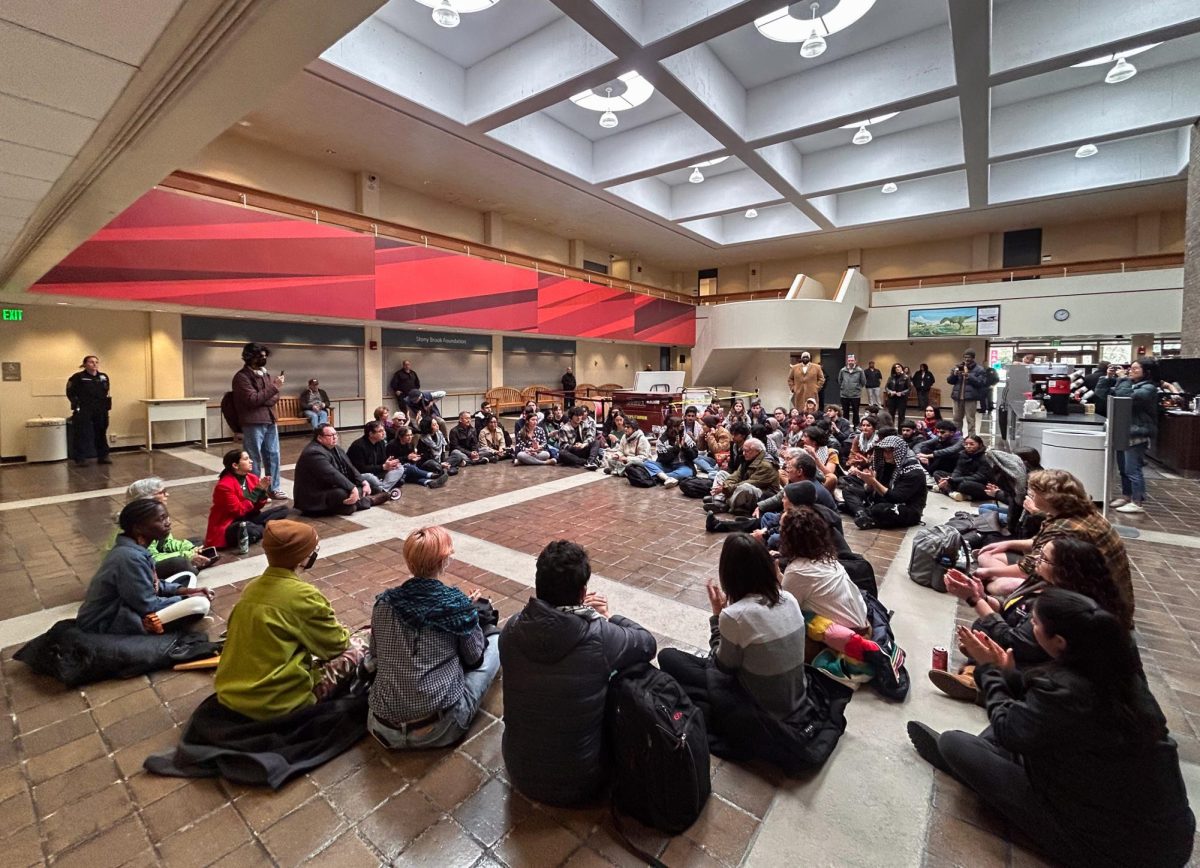



Merp. • Apr 17, 2014 at 10:47 pm
To be fair, your criticisms regarding the university taking time to fix more relevant apps is somewhat misplaced, in that I believe Campus Residences has taken on the cost of this app. Transportation is the department that does SmartTransit, it’s different money. Commuters are not paying for the 311 app.
One sort-of catch 22 is that the number of work orders from the previous year affects the amount of money that goes into the part of the budget of Campus Residences that pays for the things that work orders fix. If you have something wrong with your room, report it so that at least next year there will be a better chance of it getting fixed.
Of course, I do agree with you when you say that it takes entirely too long to get things in residence halls/West fixed.